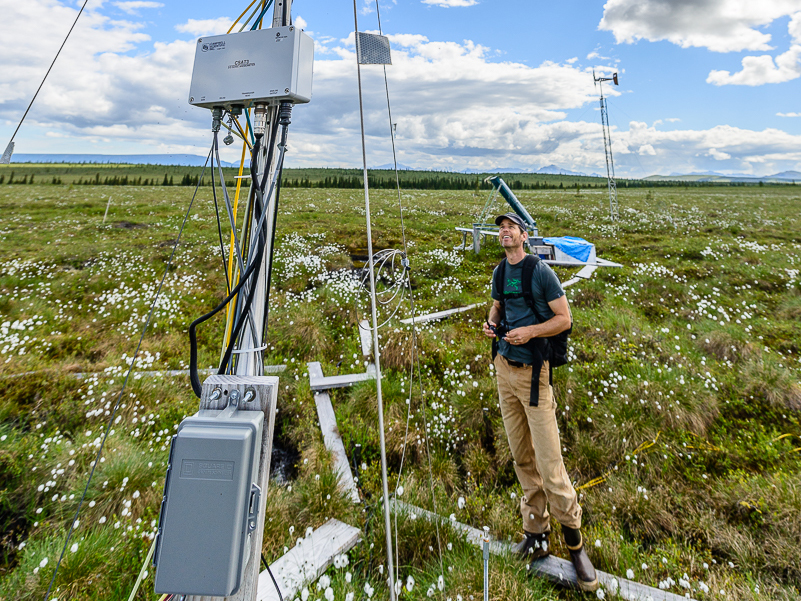Evolutionary history constrains microbial traits across environmental variation
Organisms influence ecosystems, from element cycling to disturbance regimes, to trophic interactions and to energy partitioning. Microorganisms are part of this influence, and understanding their ecology in nature requires studying the traits of these organisms quantitatively in their natural habitats—a challenging task, but one which new approaches now make possible. […]
